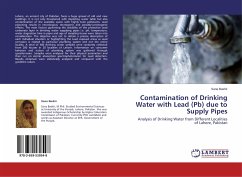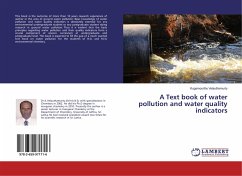The formation of disinfection by-products (DBPs) during chlorination of drinking water is an issue which has drawn significant attention due to the possible adverse effects on human health. Factors that affect the formation of DBPs include: chlorine dose and residue, contact time, temperature, pH, natural organic matter present in the water system, and bromide concentration. The most frequently detected DBPs in drinking water are trihalomethanes (THMs). The water quality data for THMs was evaluated in the Puerto Rico Aqueduct and Sewer Authority (PRASA). During evaluation, the THMs exceeded the maximum contamination limit for the Comerio Water Treatment Plant (CWTP). This research evaluated the THMs concentrations in the following sampling sites: CWTP, Río Hondo and Piñas Abajo schools, Comerio Health Center, and the Vázquez Ortiz family. Three different nanostructured materials (Graphene, mordenite and multiwalled carbon nanotubs) were used in this research, to reduce the THMs formation by adsorption in specific contact time. The results showed that graphene is the best nanomaterial to reduce THMs in drinking water. Graphene can reduce THMs 80 parts per billion (ppb) in about 2h.








